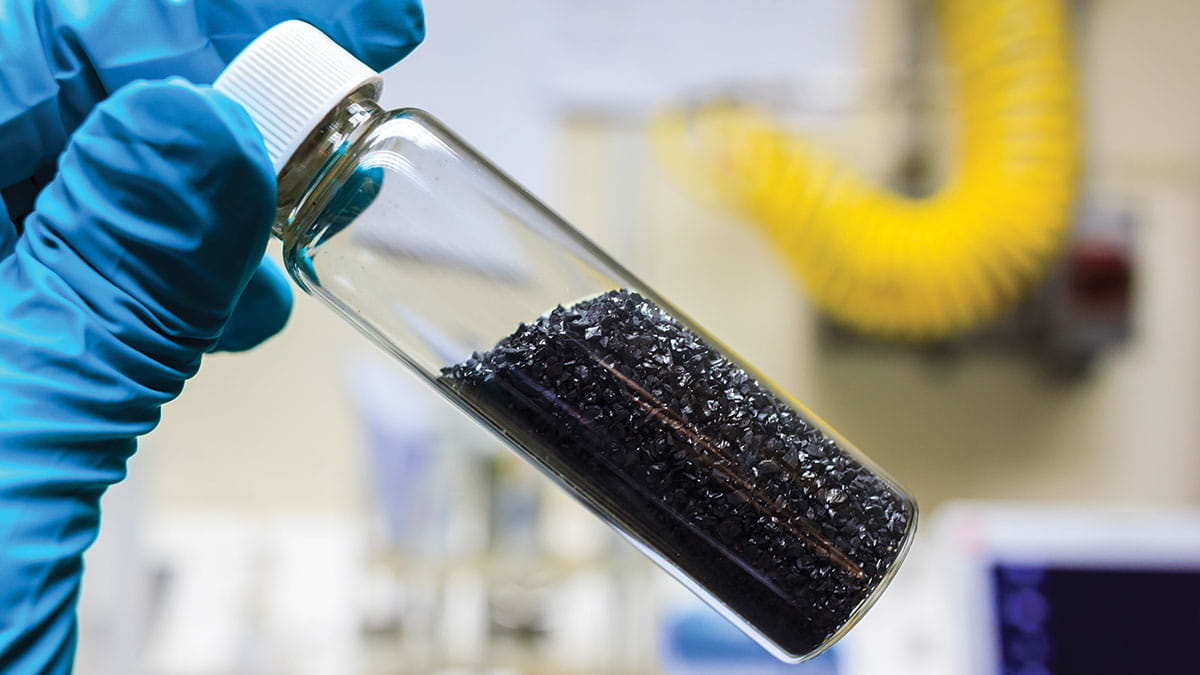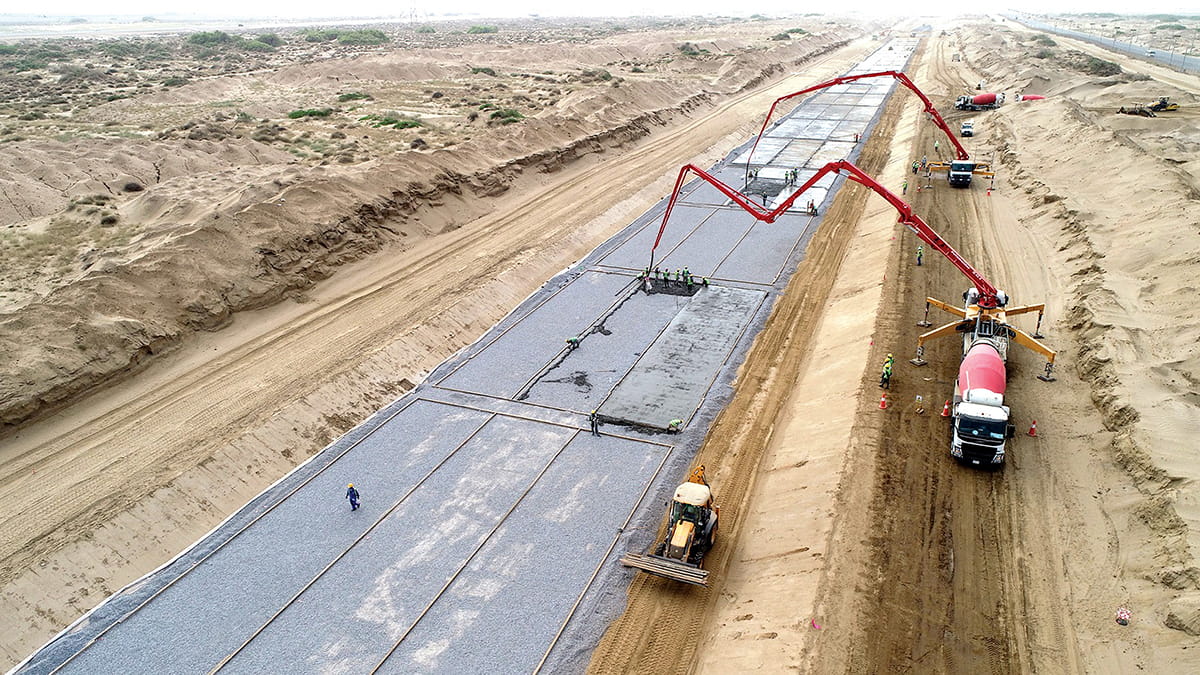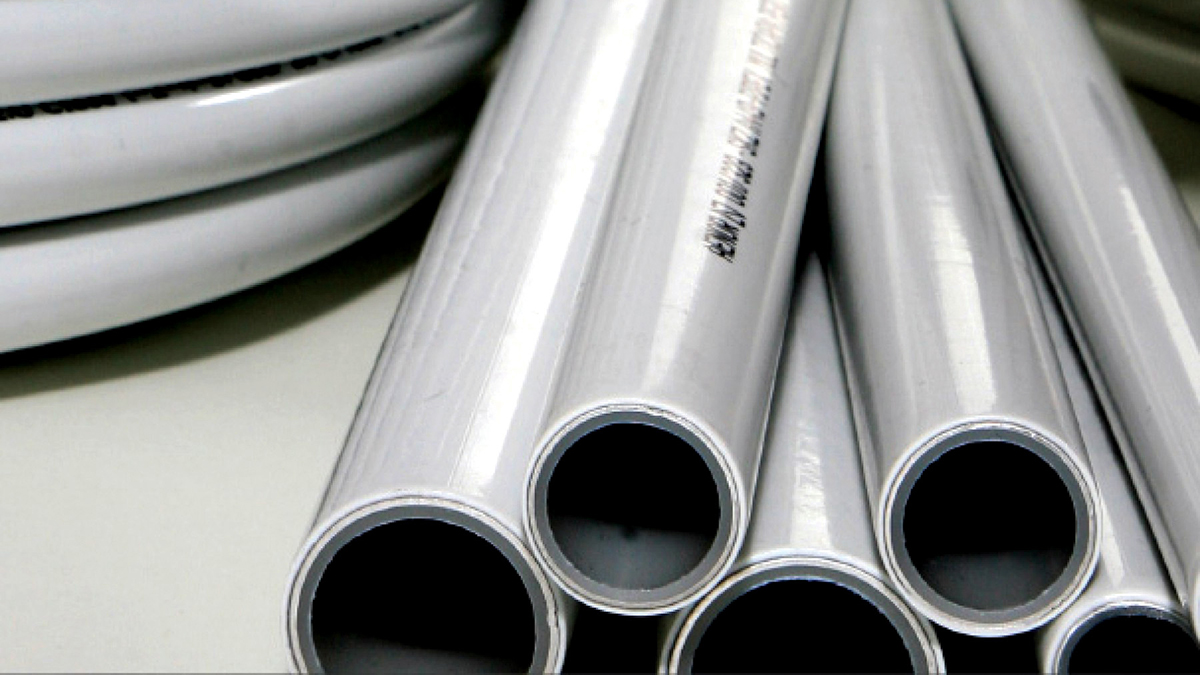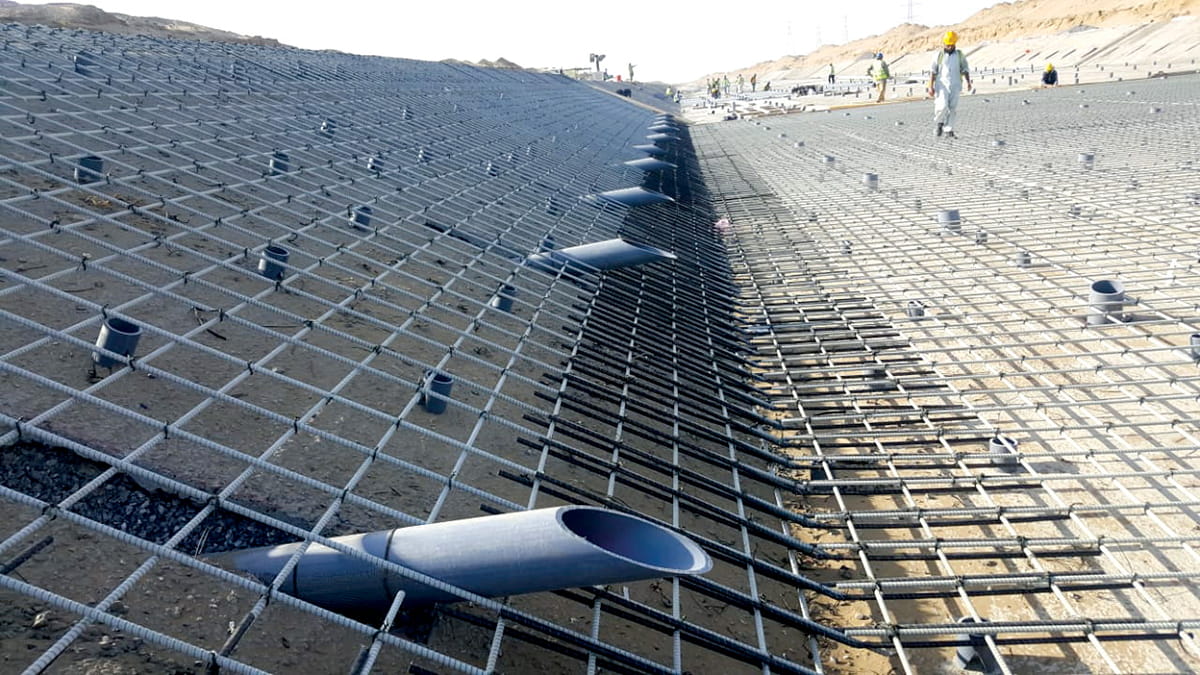Nonmetallics
Aramco innovates nonmetallic materials

Global August 05, 2021 - By
Thanks to the elimination of metallic corrosion, their lightweight properties, durability, and cost efficiency, nonmetallic materials could play a major role in the oil and gas industry.
At Aramco, we are a catalyst for developing technology solutions to address some of the world’s most pressing energy and materials challenges. Innovating nonmetallic materials is one such area in which we are making significant contributions.
Corrosion is a big problem in industries around the world. The global cost alone is estimated to be $2.5 trillion, equivalent to 3.4% of global GDP — impacting businesses, governments, and society. Nonmetallic solutions, such as the development of advanced plastics, can therefore play a significant role in helping to reduce this problem.
Nonmetallics could offer the potential to:
• Eliminate or minimize corrosion to enhance safety, integrity, and reliability of products such as pipes
• Encourage investment in new nonmetallics producing companies, and therefore support job creation
• Minimize life cycle costs by reducing the cost of corrosion, maintenance, or replacement
• Promote the conversion of oil to petrochemicals
• Reduce the emission of carbon dioxide considering the entire life cycle.
Thanks to the elimination of metallic corrosion, their lightweight properties, durability, and cost efficiency, nonmetallic materials could play a major role in the oil and gas industry. Nonmetallic applications in the oil and gas sector include onshore and offshore piping, tanks, vessels, cooling towers, valves, and pumps, as well as secondary offshore structures. We are increasing the deployment of nonmetallic materials across our operations.
Here are a few examples.
Jazan flood mitigation channel
By far, the largest project making use of nonmetallic products in-Kingdom is the Jazan Refinery and Terminal Project and the associated Jazan Economic City. Begun in 2014, the Jazan mega-project includes a 20-kilometer (km) long concrete flood mitigation channel using glass fiber reinforced polymer (GFRP) reinforced bars — instead of traditional steel reinforced bars — at Jazan Economic City. The scale of this project makes it the largest project in the world using the new nonmetallic material.
The concrete channel, which used a total of 9.6 million lineal meters of GFRP rebar, is designed to manage a once-in-100-year flood, directing water flows away from the company’s refinery and terminal mega-projects and into the Red Sea. The almost 22-km long channel runs along the eastern and southern boundaries of the site.
Advantages of GFRP
Based on almost three years of project execution, the study so far has found that GFRP:
• Is cheaper to purchase and install than traditional rebar
• Uses much less material than its steel counterpart
• Takes less manpower and associated materials to lay
• Is resistant to water and chemical corrosion
• Has higher tensile strength
• Is electrically nonconductive and unaffected by magnetic fields
• Does not require protection from the soil when laid
• Is lighter in weight than its traditional counterpart.
Overall, the use of GFRP reduces project execution time, construction and maintenance costs, especially in remote locations or harsh environments. In terms of laying costs, the material is almost 70% cheaper than traditional epoxy coated steel rebar.
Marjan Onshore Oil Facilities Division
When Aramco project engineers started planning for increments for the Marjan and Zuluf fields, they looked for alternatives to carbon steel material, which was vulnerable to internal and external corrosion.
What they needed was a material that wouldn’t suffer from the presence of chemical compounds, including hydrogen sulfide, carbon dioxide, and water, substances that are commonly found in the oil and gas production process. Nonmetallic products, they discovered, are a cost-effective alternative for reliable plant operations.
The Marjan Onshore Oil Facilities Division is deploying a range of nonmetallic materials that will ensure minimizing the life cycle cost associated with maintenance or replacement with less downtime. These include:
PERT lined pipe: This is a 7.7-km long, 30-inch diameter polyethylene of raised temperature resistance (PERT) lined carbon steel pipe for the disposal of produced water at the new increment of the Tanajib gas-oil separation plant. When completed, it will be the longest and largest diameter pipeline of PERT lined technology in the company.
In-plant applications: Plant designers included several applications of nonmetallic pipes, including locally fabricated high-density polyethylene pipes in underground firewater systems and reinforced thermosetting resin pipe (RTRP) for a potable water application. Designers also included fiber reinforced plastic (FRP) lining in several tanks at the water injection plant’s water treatment package and sewage treatment package, to alleviate chemical corrosion in metal storage tanks that could result in possible leaks and tank bottom damage.
Berri increment program
The Berri Increment Processing Facilities Project is among several locations around the Kingdom where nonmetallic products have recently been deployed.
The numerous nonmetallic applications include a corrosion resistant FRP cable tray, RTRPs, and GFRP reinforcing bars. At company processing facilities such as Berri, nonmetallic materials will play a major role as a material option to reduce corrosion failures, weight, and cost.
The planned facilities are part of the company’s crucial mission to provide energy as global demand continues to rise. Upon completion, the increment program will include a new gas-oil separation plant on Abu Ali Island to process 500,000 barrels of Arabian Light crude oil per day, and additional gas processing facilities at the Khursaniyah gas plant to process 40,000 barrels of associated hydrocarbon condensate.
The program includes a new water injection facility, two drilling islands, 11 oil and water offshore platforms, and nine onshore oil production and water supply drill sites.






